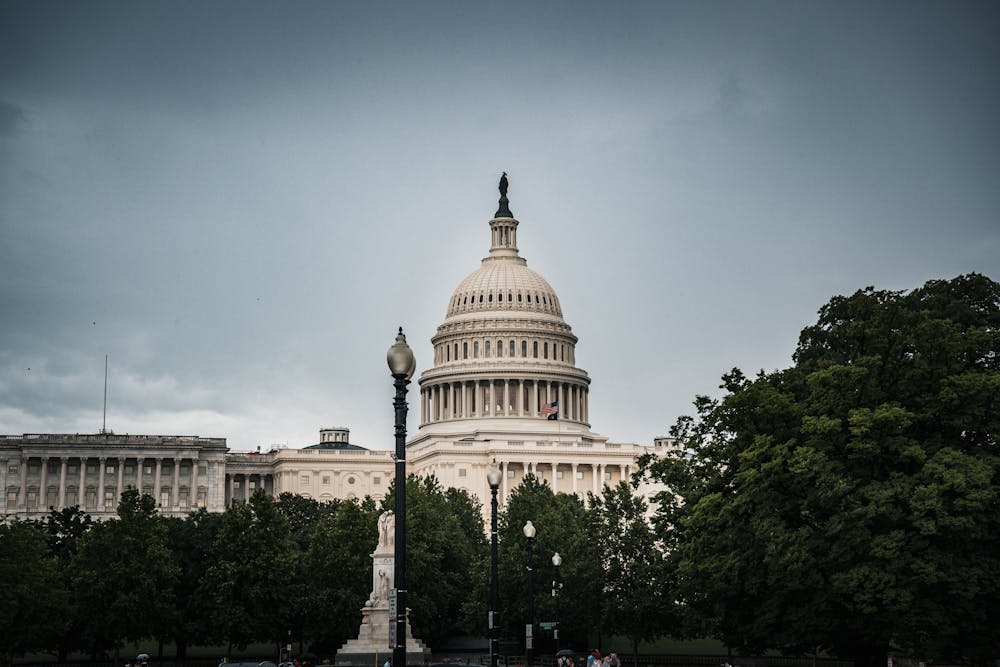How can we truly understand what has caused the shut down of our federal government and what is really happening to keep it shut down?
First we need to understand the basics of how the federal government is funded This is a great opportunity to help students understand what is happening in real time.
Federal discretionary spending is provided through authorization bills (what the money is used for / policies) and appropriation bills (how much money is approved for authorized uses for a specific period of time). The authority of federal appropriations comes from the U.S. Constitution (Article I, Sec. 9) – “No money shall be drawn from the Treasury, but in consequence of appropriations made by law.”
There are several types of appropriations – regular, supplemental, continuing. When action on a regular appropriations measure is taking too long, it is customary to pass a “continuing resolution” to provide temporary authority to continue under current funding levels while negotiations are completed on the regular appropriation bill. A continuing resolution does not need the signature of the President.
So, what happened?
The end of the fiscal year for the federal government was September 30.
The U.S. House passed a “continuing resolution” (HR 5371) on Sept. 19 to approve the current levels of spending through Nov. 21, so that negotiations on the “regular” appropriations would have more time. The House vote was 217-212 (vote record here: https://www.congress.gov/votes/house/119-1/281 )
This “clean” CR has been stalled in the U.S. Senate because under Senate rules there must be a vote to proceed (cloture) that requires a 60 member majority before the bill can be approved with a simple majority.
HR 5371 has received multiple votes on the cloture motions and to date has failed to get the required 60 votes. There are 53 Republicans in the U.S. Senate so there is a need for 7 Democrat members to vote yea.
Here is the link to the record of each of these votes.
https://www.congress.gov/bill/119th-congress/house-bill/5371/all-actions?overview=closed&q=%7B%22roll-call-vote%22%3A%22all%22%7D
The problem is that the portions of the federal government funded under this appropriation process shut down on October 1, following the end of the fiscal year. So, why have the Democratic members of the Senate refused to support the clean CR – HR 5371? They want a different CR which includes changes in policy – S 2882, introduced on Sept. 19.
S 2882 is not a “clean” continuing resolution. One example: When the “One Big Beautiful Bill” (PL 119-21) was signed by President Trump (July 4, 2025) it included a section that limited federal Medicaid health system funds to be used for American citizens and legal immigrants. It eliminated fraudulent Medicaid benefits for illegal immigrants. The nonpartisan Congressional Budget Office has estimated that 1.4 million illegal immigrants were receiving Medicaid benefits totalling almost $200 billion. The Democrats bill would repeal section 71109 of PL 119-21 and restore the use of Medicaid to give health care benefits to illegals.
There several other policies in S 2882 that should be debated in a normal budget process and should not be a part of a continuing resolution. Another example would be changing temporary expanded tax subsidies made available under President Biden’s COVID bill to be permanent. The expanded eligibility for individuals earning more than 400% of the poverty level will expire at the end of this year, so there is no reason to keep the government shut down now. There is still time to debate this policy in the regular appropriation bill.
Additional sources for study:
“Introduction to the Federal Budget Process,” CRS. Updated Jan. 10, 2023 https://www.congress.gov/crs_external_products/R/PDF/R46240/R46240.4.pdf
congress.gov is a great site to look up federal legislation by the bill number and see the full text of the bill, the vote record, and all actions taken.

